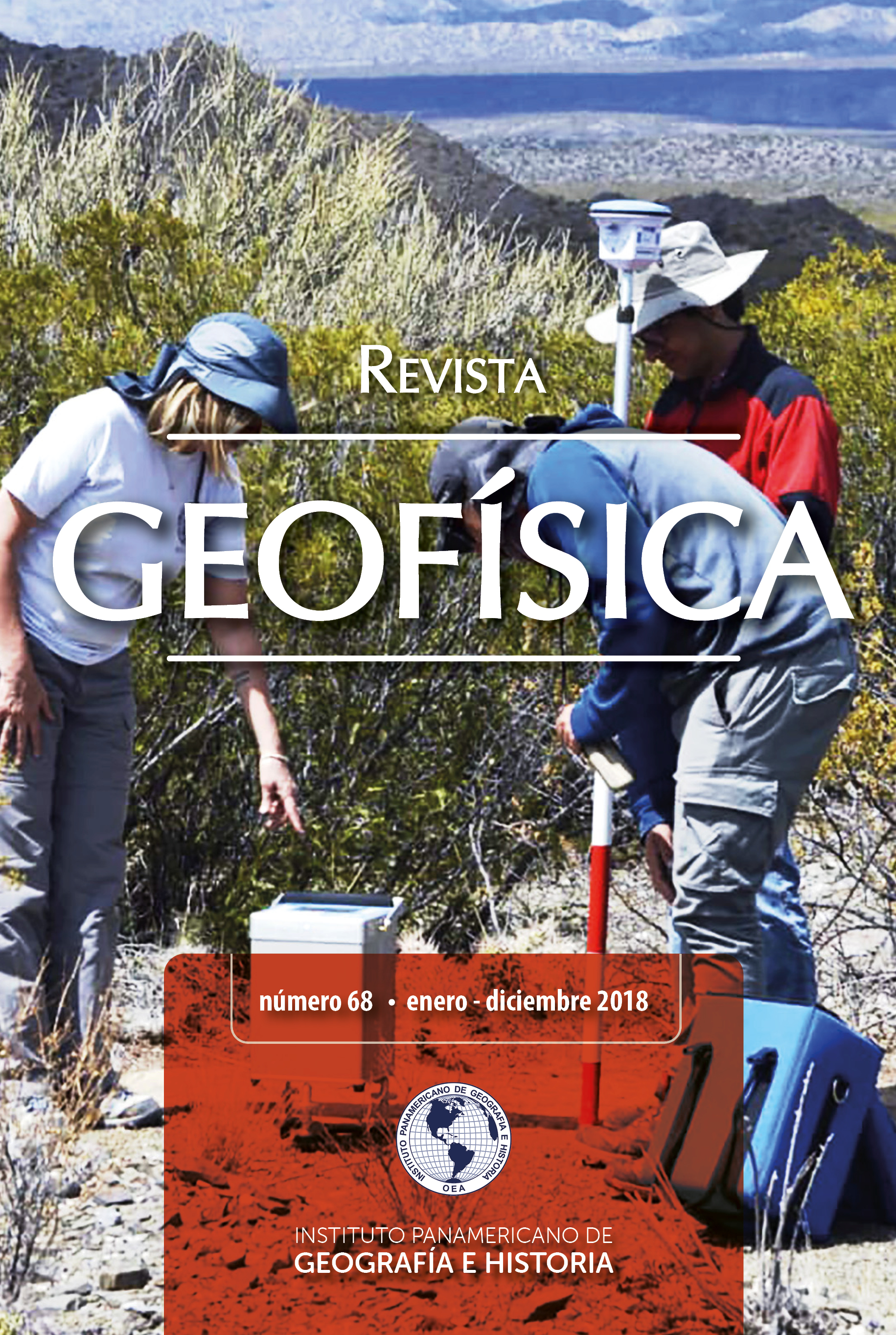Investigación geofísica en la fosa de Santa Lucía, Uruguay
Main Article Content
Abstract
In this work, the southeast sector of the tectonic fossa of the Santa Lucía River, located in southern Uruguay, is investigated through the use of geophysical methods of exploration. In particular, gravimetry, magnetotelluric and electrical soundings. The interest of exploring this graben lies in determining its geometry, recognizing the possible existence of deep aquifers, it's development and the feasibility of thermalism due to the geothermal gradient (3 ° C every 100 m deep). 121 gravimetric stations arranged in four profiles and ten magnetotellurics (MT) soundings, were acquired, processed, and inverted. The results indicate that the graben deepens towards the SE, reaching sedimentary thicknesses that exceed 800 m. Therefore, from our results, water could be extracted between 800-900 m deep in that area (SE). The sandy or deeply fractured episodes could harbor hot springs, whose temperature would be approximately 36 to 40 ºC from the geothermal gradient of the country.
Downloads
Article Details
-
Abstract1613
-
PDF (Español)1125

